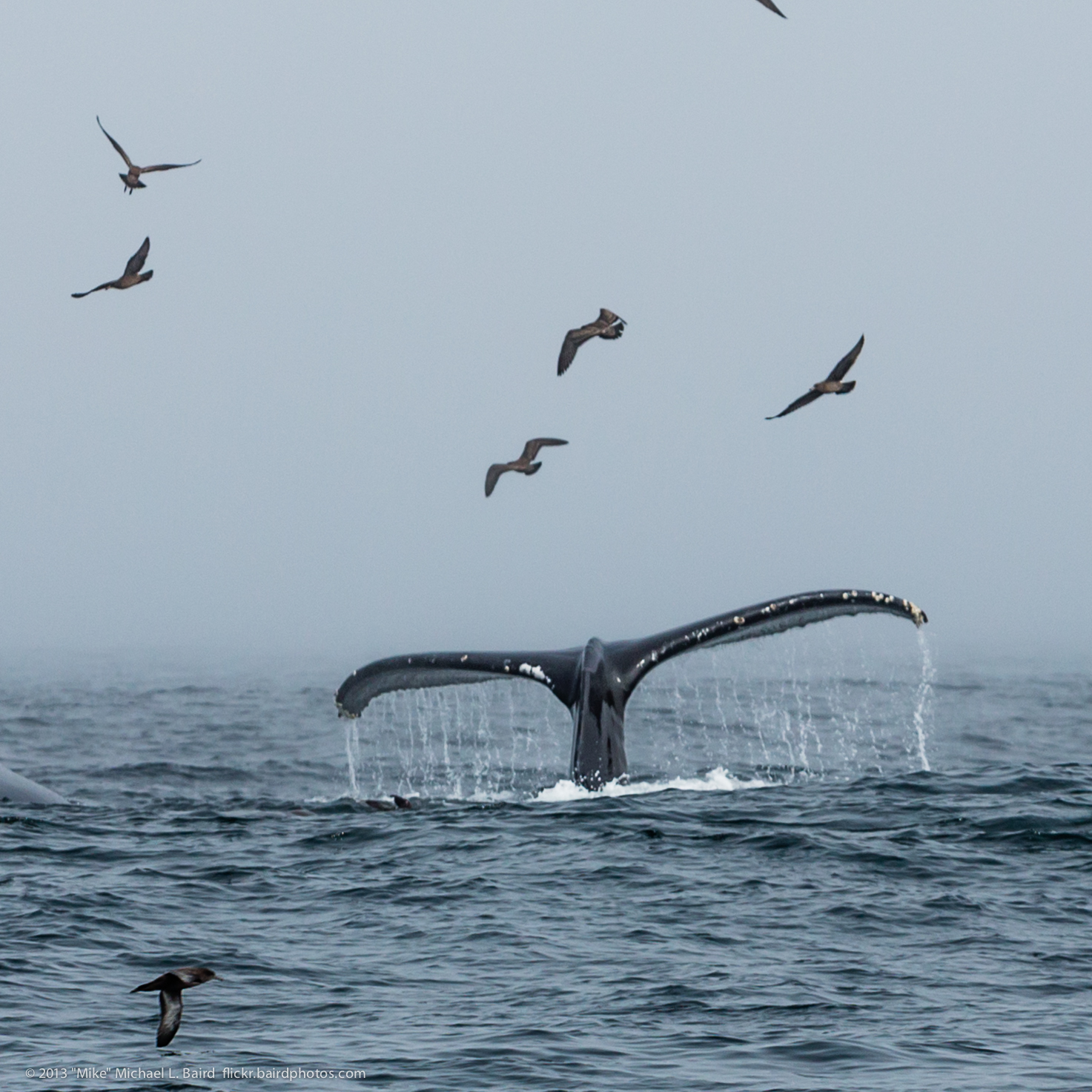We're open daily! View holiday hours
Science News
The Patterns of Fluid Movement
February 20, 2014
by Molly Michelson

A team of researchers published a paper this week after watching hours and hours of animal videos on YouTube.
Okay, it’s a little more complicated than that, but still true. The team actually studied the complex ways animal movements have evolved over millions of years and through hundreds of species. They focused on fluid movements, looking at propulsion through air and water.
By examining 59 living species for the study, tracking many of their movements through the aforementioned YouTube videos, the scientists discovered that the key word appears to be “bend.” One common trait they found was the ability of each creature to “bend” its means of propulsion, but only to a certain point.
“If you take the wing of a bird or a bat, or the fins on a fish or a manta ray, you find that their means of propulsion are flexible,” Nathan Johnson, of Texas A&M University, explains. “They can move back or forth or sideways easily, or they bend. But this bending and flexibility will only go so far, and it can't bend any more.”
Unlike the rigid structure of an airplane wing, flexibility wins out in nature. “Nature has had millions of years to figure out the best way to do it better than we can,” Johnson says. “So we wanted to see if there [were] any patterns to this flexibility.”
They looked at wings and fins and bell-shaped jellies and found that sure enough, “There does seem to be a universal range of movement in the species we looked at, from the fruit fly to the humpback whale,” according to Johnson. “For most creatures, there is a certain angle that these propulsion devices will reach and won't exceed. It's not that they probably can't exceed these angles, but rather doing so is just not energetically efficient for them.”
A 30- to 60-degree angle seems to be the magic range of flexibility for structures designed to propel animals forward. “This appears to be especially true with bird wings, while insect wings typically bend slightly less than other organisms we looked at,” Johnson says.
And the motion made by birds is almost identical to that of marine life—that is, the wing of a bird moves just like the fin of a fish. The researchers explain that these patterns of propulsion result from convergent evolution—variables that were selected independently in each species through evolution, despite a similar final outcome across the animal kingdom.
“We need to understand a lot of these motion patterns in much more detail,” Johnson says.
“There are some current day tests being done with man-made materials to see if they can duplicate animal motion, such as some being done with jellyfish. The more we learn about animal propulsion and the way it’s been developed over millions of years of evolution, the more it can help us with human engineering and how we can improve our own movement.”
Sounds like it’s back to the YouTube videos for Johnson and his colleagues.
The research is published this week in Nature Communications.
Image: M. Baird